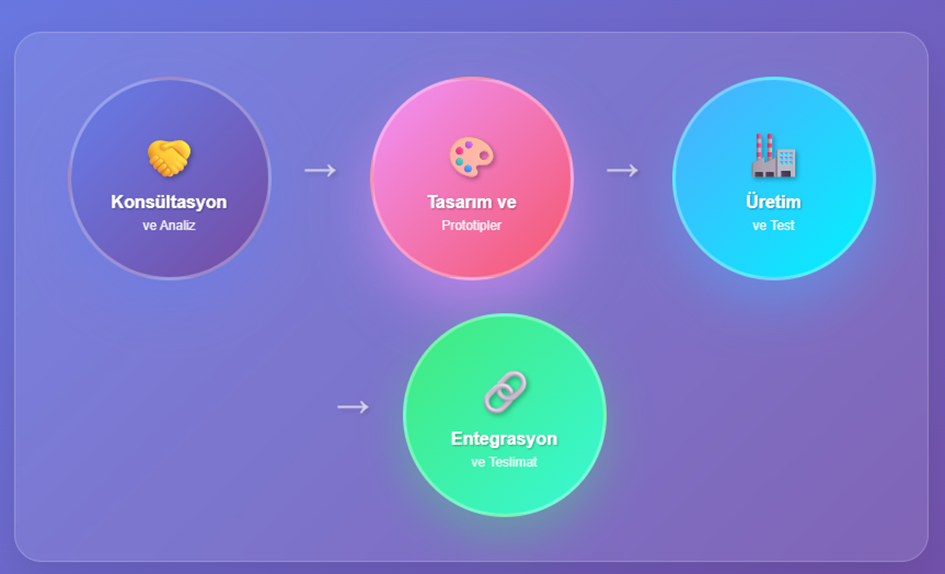RS485 Serial Communication Protocol ?
- air -hmi
- Apr 8, 2023
- 3 min read
Generally , the rs485 serial communication protocol is a serial transmission medium developed for use at longer distances, in noisy environments, where much higher speed is required, where much more transceivers are required. The RS-485 protocol also sets the standard only for the transmission layer. The protocol to be used in the software layer and the connector types to be used are shaped according to the user's request. In this context, what is rs485 and how is it provided?
RS485 Serial Communication Protocol

RS- 485 Pins
The answer to the question of what is rs-485 in the full sense is based on the logic of transmitting data over the line with the rs-485 serial communication protocol, the basic part of which is balanced. In this respect , over rs-485 , data is transmitted over 2 cables called A and B. These two ends are lines that are balanced. In the balanced lines, there are differential drivers in the transmitters and differential receivers in the receivers.
In general, the logic of the line, which is also balanced, proceeds as follows. If noise is transmitted from the same path to these 2 lines in the transmission environment while the data is being transmitted, and the difference amplifiers located at the entrance of the receiver will take the difference of these 2 lines, the total noise amount at the input becomes zero. Accordingly, the effect of the noise on the data along the line to the receiver input is minimized.
RS485 Serial Communication Protocol Operation

RS-485 Half Duplex – Full Duplex
Generally, using twisted cable in rs-485 serial communication and as a result correct termination is achieved at very high speed over very long distances. The twisted cable also creates a phase difference between the 2 screws, helping to reduce the noise to a large extent. Moreover; The termination process will also reduce the reflection in the transmission medium to a minimum.


RS485 Cable Connection
In this regard, the rs-485 standard allows a difference of up to 7 volts between the gnds of the receiver and transmitter. All this means that the chip allows a gnd shift of -7 V to +12V (5+7) depending on the 5V supply voltage. In this way, the power supplies of different characteristics of the receiver and the transmitter will occur, and the problems that occur due to the gnd difference will be minimized.
RS485 Serial Communication Features
Below is a comparison of various communication protocols.

RS232-RS422-RS485 Characteristic
are designed to provide 60 ma . In this regard, 60 ma has been determined by connecting 32 receivers to a circuit, including termination resistors in the system, and also by considering the worst conditions. RS-485 drivers, as a feature, have a thermal shutdown feature and protect the central processing unit by not allowing too much current to be drawn from the A-B terminals.
Input resistances of RS485 receivers are also standardized as 12kohm. Since RS-485 is prepared for data communication over long distances, unlike RS-232 , RS-485 provides data transmission over long distances. They are generally produced in a standard way and rs485's differences compared to 232's can be used in noisy environments, in environments where very high speed is required, and in environments where there are many more receivers and transmitters.
In terms of usage, data is transmitted over two cables named A and B over the rs-485 serial communication standard. RS-485 uses two signals that are exactly opposite to each other. In this sense, while A is zero, B is one, and the state of the transmitted data is determined entirely depending on the arithmetic difference of these two signals.
Using RS485 Serial Communication
When we look at it in general, the question of what is rs-485 and how to use it depending on its usage features is asked a lot. In this regard, the network structure of rs485 enables it to be used extensively in data processing and control applications. 12 kohm input resistor
Cable distance with RS485 Baudrate

Kaynak: https://www.megaplc.com.tr/rs485-seri-haberlesme-standarti/




Comments